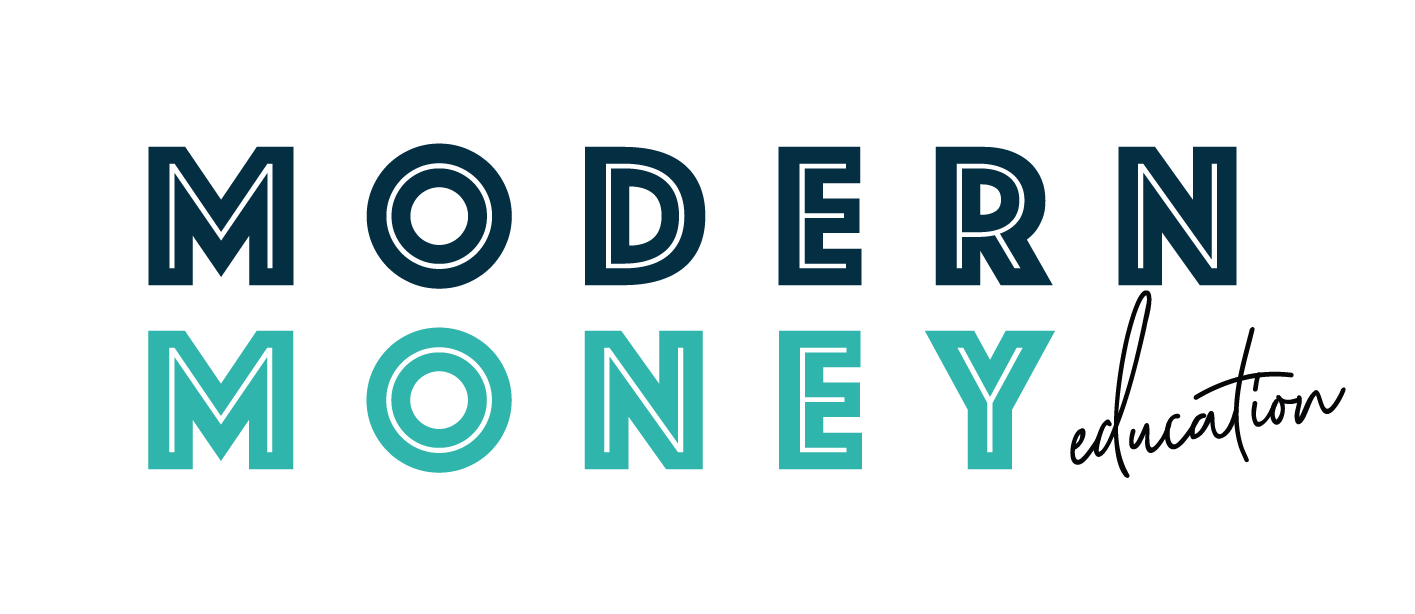The Ins and Outs of Mortgage Insurance
The term “mortgage insurance,” not to be confused with homeowners insurance, may refer to two different types of coverage. Both protect against unexpected default, but one covers the lender if you stop making payments (typically known as private mortgage insurance or PMI) and the other allows you or your beneficiaries to pay off your mortgage in the event of your disability or death (typically known as mortgage life insurance).
This post deals with private mortgage insurance and its FHA, VA and USDA equivalents.

WHY DO I NEED MORTGAGE INSURANCE?
Lending institutions grade borrowers based on risk factors like credit score, amount of debt compared to income, and down payment percentage.
For example, a borrower with a high credit score, stable employment and little debt who puts 20% down (Borrower A) is a lower risk client and will receive more favorable terms than the same borrower who puts 10% down (Borrower B), or 0% down (Borrower C). Statistically, Borrower B is almost twice as likely to default compared to Borrower A, and Borrower C, is almost three times as likely to default as Borrower A!1
The bank is still willing to invest in Borrowers B and C for a higher return (i.e. a higher interest rate) but wants additional protection in case Borrowers B and C fail to repay their entire loans. Borrowers B and C pay an additional monthly amount to insure the bank’s investment – i.e. mortgage insurance.
WHAT TYPE OF PAYMENT SHOULD I CHOOSE?
The three main options for mortgage insurance are: lender-paid, borrower-paid monthly, and borrower-paid as a lump sum at closing.
LENDER-PAID
In exchange for a higher interest rate, the lender pays the mortgage insurance premium. This typically results in a lower monthly payment over the first few years of the loan compared to paying monthly. However, the monthly payment remains the same, no matter how much equity is accumulated. Therefore this is the most expensive option over the life of the loan.
MONTHLY BORROWER-PAID
The borrower pays the mortgage insurance as part of their monthly payment. The monthly payment is typically higher upfront than lender-paid insurance, but depending on the type of loan and amount of down payment, the mortgage insurance may eventually be removed, thus saving money over the life of the loan.
SINGLE PREMIUM BORROWER-PAID
The borrower pays the mortgage insurance premium in a lump sum at the time of closing. This significantly reduces the total cost of the mortgage insurance. Since the entire amount is paid upfront, the payment remains the same over the life of the loan. This is the least common choice, as most borrowers who require mortgage insurance are trying to reduce their upfront expenditures.
ADDITIONAL PREMIUMS
FHA, USDA and VA loans require an upfront premium in addition to the monthly payment. VA loans only have the upfront fee and no monthly premium. In all three cases, the borrower can pay the upfront premium out of pocket at closing or roll it into the loan amount (financed).
HOW DO I GET RID OF MORTGAGE INSURANCE?
How quickly you can remove your mortgage insurance (and whether you can get rid of it without refinancing) depends on the type of loan and how much money you put down at the time you purchased the home.
CONVENTIONAL
With lender-paid and single premium borrower-paid mortgage insurance, the borrower cannot eliminate the covereage. With monthly borrower-paid mortgage insurance, the borrower can eliminate coverage once there is at least 20% equity in the home, whether through making monthly payments, an increase in the appraised value, or a combination of both. Once there is 22% equity in the home, the bank will automatically remove the coverage.
FHA
As of 2013, FHA tightened the requirements to eliminate coverage. Now, if a borrower puts less than 10% down, the mortgage insurance will continue for the life of the loan. If a borrower puts more than 10% down, the mortgage insurance will be removed after 11 years.
USDA
The guarantee fee (USDA’s equivalent of mortgage insurance) continues for the life of the loan.
VA
VA loans do not have a monthly mortgage insurance, just the upfront funding fee.
IN SUMMARY
The best type of loan and mortgage insurance option to choose will vary based on your individual situation. For assistance or questions, please contact us or check out our services and pricing page to get started with the financial planning process.
The information on this site is provided “AS IS” and without warranties of any kind either express or implied. To the fullest extent permissible pursuant to applicable laws, Modern Money Advisor LLC (referred to as “MMA”) disclaims all warranties, express or implied, including, but not limited to, implied warranties of merchantability, non-infringement and suitability for a particular purpose. MMA does not warrant that the information will be free from error. None of the information provided on this website is intended as investment, tax, accounting or legal advice, as an offer or solicitation of an offer to buy or sell, or as an endorsement of any company, security, fund, or other securities or non-securities offering. The information should not be relied upon for purposes of transacting securities or other investments. Your use of the information is at your sole risk. Under no circumstances shall MMA be liable for any direct, indirect, special or consequential damages that result from the use of, or the inability to use, the materials in this site, even if MMA or a MMA authorized representative has been advised of the possibility of such damages. In no event shall MMA have any liability to you for damages, losses and causes of action for accessing this site. Information on this website should not be considered a solicitation to buy, an offer to sell, or a recommendation of any security in any jurisdiction where such offer, solicitation, or recommendation would be unlawful or unauthorized.
